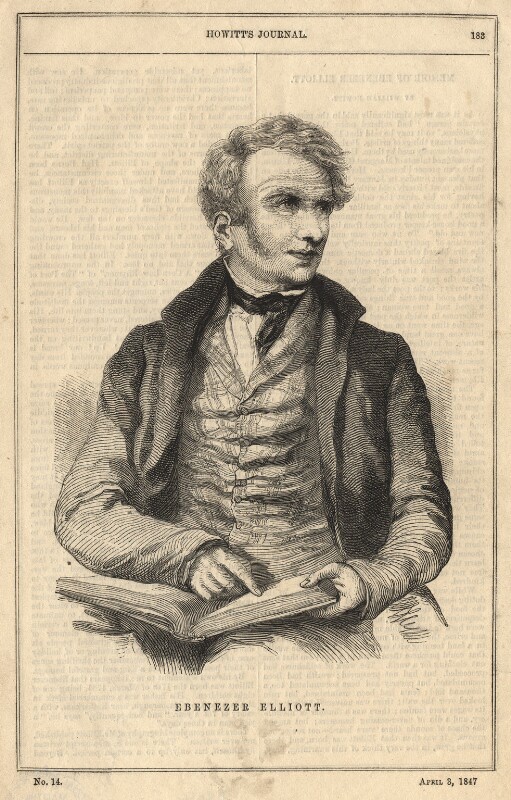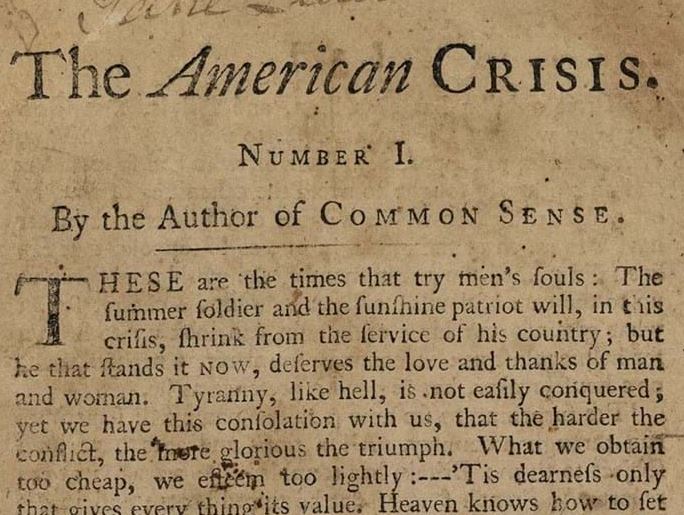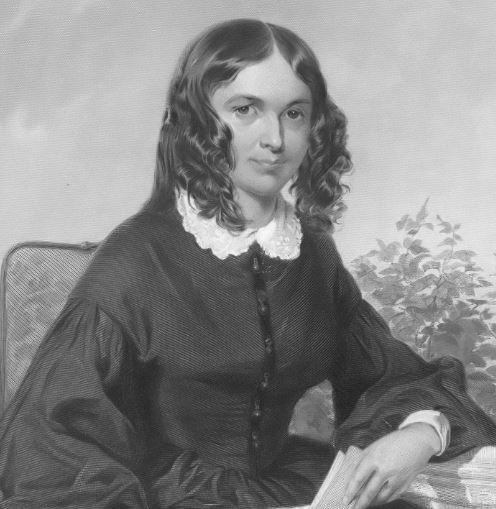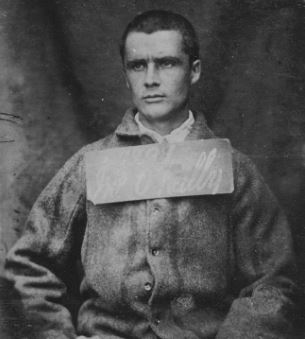The nineteenth century witnessed a proliferation of literature written for children which sought to both entertain and offer moral instruction for the young. A revolution in cheap printing and childhood literacy rates meant that suddenly new readerships were forming. As Ruth Jenkins comments:
The Victorian convergence of advancing technologies, greater leisure time for emerging middles classes, and increasing literacy rates propelled narratives written for children into a recognisable genre and a bourgeoning industry. Heralded as a ‘golden age’ of children’s literature, this period invites continued study of these texts as cultural responses that give insight not only in what concerned Victorians but why they remain viable narratives today.[1]
This was coupled with a growing concern over childhood, child welfare, and children’s education. The result was literature produced for children like never before, and the story of the Mayflower played a central role.
The Victorians had a fascination for the Mayflower story. Felicia Hemans’ well-known 1825 poem had helped create a market for songs, plays, novels, and poetry that featured the ‘Pilgrim Fathers’ as they founded a New England colony in dire conditions in the winter of 1620. Many of these Mayflower products were aimed at children and adolescents; a great volume of children’s novels, poems, and illustrated gift books were produced that retold the story of the Pilgrims. These were popular texts that were sold throughout the nineteenth century (and indeed, into the present day). In this feature, we take a look at some examples published in Britain from the 1850s to the 1890s.




